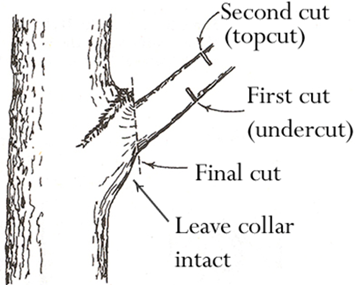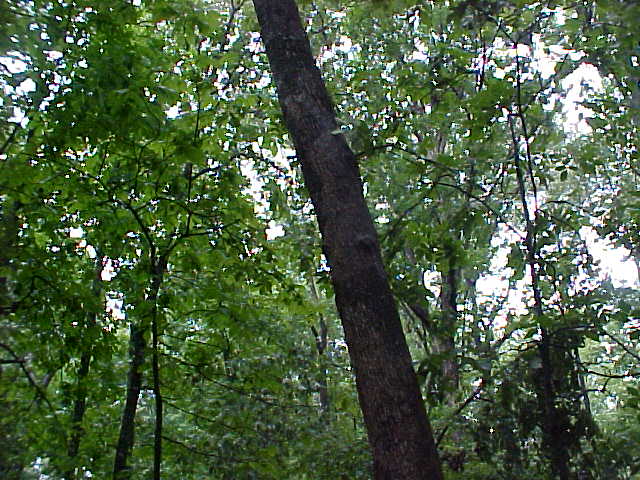Plant Health Alert – Storm Damaged Trees
go.ncsu.edu/readext?1033124
en Español / em Português
El inglés es el idioma de control de esta página. En la medida en que haya algún conflicto entre la traducción al inglés y la traducción, el inglés prevalece.
Al hacer clic en el enlace de traducción se activa un servicio de traducción gratuito para convertir la página al español. Al igual que con cualquier traducción por Internet, la conversión no es sensible al contexto y puede que no traduzca el texto en su significado original. NC State Extension no garantiza la exactitud del texto traducido. Por favor, tenga en cuenta que algunas aplicaciones y/o servicios pueden no funcionar como se espera cuando se traducen.
Português
Inglês é o idioma de controle desta página. Na medida que haja algum conflito entre o texto original em Inglês e a tradução, o Inglês prevalece.
Ao clicar no link de tradução, um serviço gratuito de tradução será ativado para converter a página para o Português. Como em qualquer tradução pela internet, a conversão não é sensivel ao contexto e pode não ocorrer a tradução para o significado orginal. O serviço de Extensão da Carolina do Norte (NC State Extension) não garante a exatidão do texto traduzido. Por favor, observe que algumas funções ou serviços podem não funcionar como esperado após a tradução.
English
English is the controlling language of this page. To the extent there is any conflict between the English text and the translation, English controls.
Clicking on the translation link activates a free translation service to convert the page to Spanish. As with any Internet translation, the conversion is not context-sensitive and may not translate the text to its original meaning. NC State Extension does not guarantee the accuracy of the translated text. Please note that some applications and/or services may not function as expected when translated.
Collapse ▲After Hurricane Helene, there are many damaged and toppled large trees. There is little we as normal people can do to clean up these large trees. Mostly it will be up to the brave tree crews locally to clean up that mess.
We should avoid standing beneath any storm damaged or hanging limb. Falling limbs may weigh hundreds of pounds and can gain a great deal of speed as they fall, causing serious bodily injury. Mark the area with caution tape until tree crews arrive.
If you notice trees that seem to have leaned since the storm, you should hire a consulting arborist to inspect the tree. Contact our office for a list. A leaning tree can be a sign that the tree is less stable than it was before the storm. An arborist can evaluate the relative safety of a tree and recommend a course of action.
Mitigating Storm Damage on Small Trees and Shrubs
Small landscape trees and shrubs may also be damaged during storms. Often limbs from larger trees will fall onto these plants. This can break branches, scuff bark or worse, totally flatten and/or dislodge landscape plants.
Often, storm damage to evergreen plants is not apparent until the following spring. A broken evergreen tree branch may retain its green color until the next spring. It would be easy to wrongly blame this damage on insects, disease or other problems.
Assess the Damage
Before removing broken branches from a tree, first determine whether the tree can be repaired, or if it should be removed completely. If the main trunk is completely broken or if the tree is completely uprooted, it should be removed.
Some broken branches can be either repaired or pruned. Some branches broken at a crotch can be lifted into place, then bolted and cabled. This should be done immediately after the damage. If the exposed parts dry out the wound probably will not heal.
Remediating Damage
If your trees suffered broken branches, they need first aid fast. Clean up wounds on trees and shrubs left from broken branches by making a smooth cut back to the main trunk or main branch. It is not necessary to use a pruning paint on the wounds.
MORE ON PRUNING
To remove broken branches, first cut the broken branch back to the nearest branch or to the tree trunk. Remove large branches with three cuts. This will prevent splintering and peeling of the bark on the main trunk. Make the first cut upward from the bottom of the branch about 12 inches from the next branch. Cut about halfway through the branch, or until the saw begins to pitch. Make the second cut five or six inches farther out and continue cutting until the branch falls. With a third cut, remove the stub cleanly without peeling.

image from website
Leaning trees can be straightened. Pull the tree with a ratchet strap or other winching device. As the tree becomes vertical, the root ball needs to settle back into its former home without obstacles.
Then use strong rope or wire tied to sturdy stakes to hold the tree in place until the roots get anchored again. (If you use wire, pad it thickly where it touches the trunk.) The old trick of using a short piece of water hose to pad the wire is better than nothing. Wide nylon strapping is much less likely to harm the tree’s trunk.
The roots under the root ball, although you can’t see them, may have snapped when they were bent at such an acute angle. For that reason, plan to water your righted tree as if it were newly planted. Pay special attention to its needs in summer 2025. If the tree is too large to upright, cut it up and use it for firewood. If the damaged tree is an evergreen, such as magnolia or holly, it may wilt because of root loss. Wait several days to see if wilting occurs. If it does, prune back the canopy by one-third to compensate for the loss of roots.









